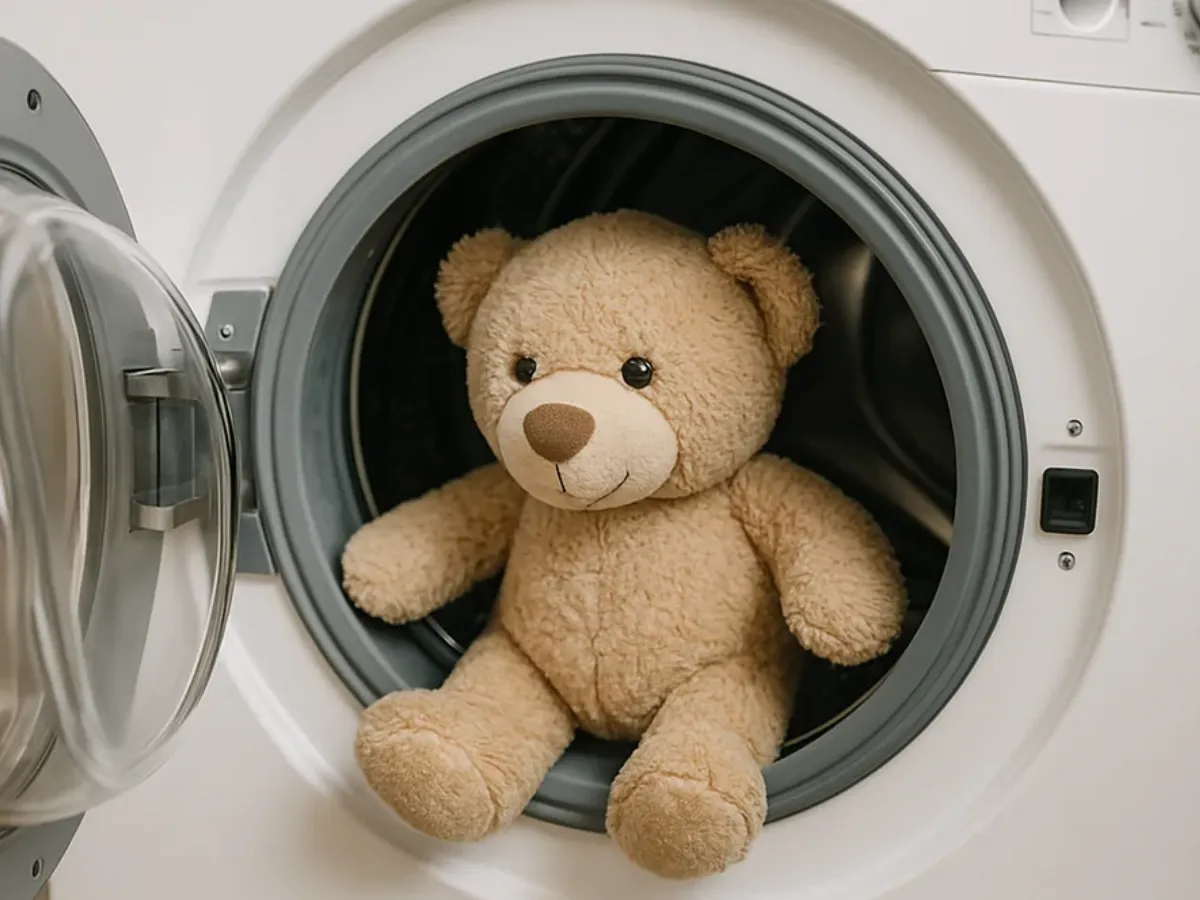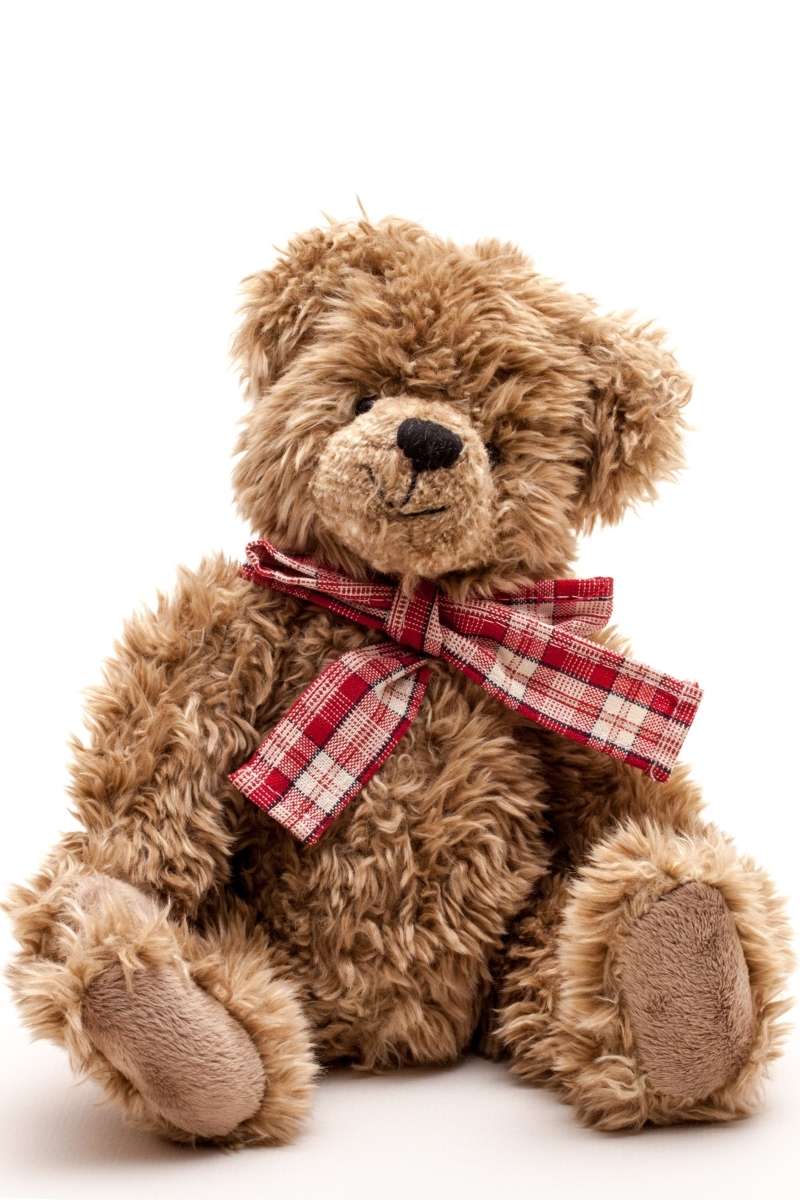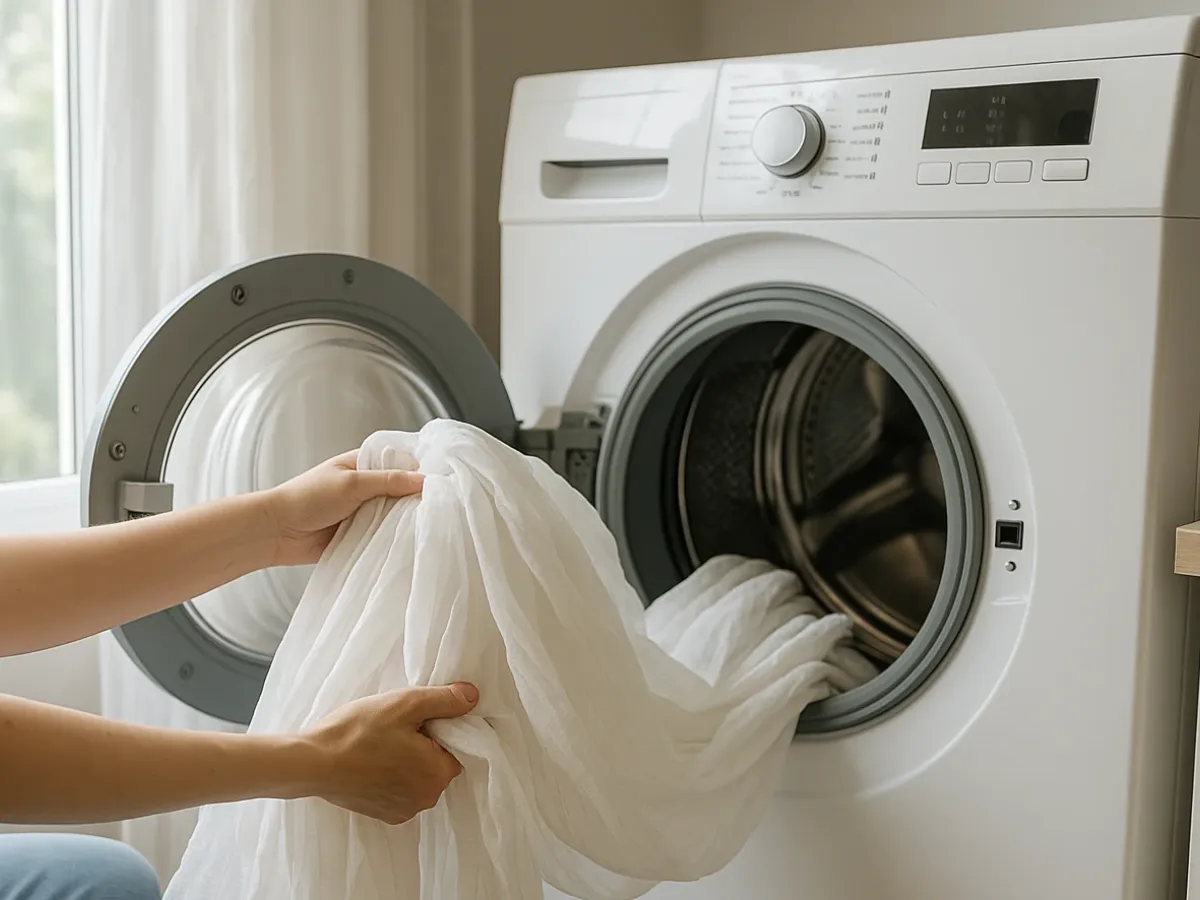Complete Guide: How to Wash Stuffed Animals in the Washer (and Have Them Survive!)

Stuffed animals are much more than just toys; they are adventure companions, silent confidants, and sources of comfort for children (and adults too!). With so much hugging, playing, and the occasional tear, it's inevitable that they accumulate dust, dirt, mites, and germs. Keeping them clean is essential for hygiene and health, but the idea of putting them in the washing machine can cause panic: will they lose their shape? Will they lose their softness? Will they fall apart? The good news is that, in many cases, it is possible to wash a stuffed animal in the washing machine safely.
In this detailed guide, we'll explain step-by-step how to identify if your stuffed animal is suitable for the machine, how to prepare it, which program and products to use, and most importantly, how to dry it so it comes out clean, hygienic, and as huggable as ever. Bring freshness back to those inseparable friends!
Green Light or Red Light? How to Know if a Stuffed Animal Can Be Machine Washed
Not all stuffed animals are candidates for a machine bath. Before starting, inspect:
- The Label is Your Best Friend!: Look for the care label. It's the most reliable source. If it has a tub symbol, it indicates machine washable (note the maximum recommended temperature, usually 30°C/86°F). If it has a hand in the tub, hand wash only. If the tub is crossed out, it cannot be washed with water (requires surface cleaning or professional care). Check our guide on washing labels.
- Electronic Components or Mechanisms: Absolutely NO to the washer! If the toy talks, sings, moves, or has lights, water will ruin the mechanisms and batteries. These require surface cleaning.
- Filling Material: Most modern stuffed animals use synthetic filling (polyester) which holds up well to washing. Be careful with very old ones! They might have natural fillings (wool, raw cotton) or polystyrene beads (like beanbags) that shouldn't go in the machine.
- Delicate Embellishments: Sequins, glitter, glued-on plastic eyes or noses (not sewn), elaborate clothing... risk detaching or getting damaged by agitation. Consider if you can remove them first or if hand washing is better.
- Outer Fabric: Most plush fabrics (fleece, polyester) are washable. Be more cautious with fine velvet-like finishes or fabrics resembling silk.
- General Condition and Age: If the stuffed animal is very old, the seams are weak, or the fabric seems fragile, machine washing might be too aggressive. Consider hand washing.
In summary: If it has a label permitting it, no electronics, and doesn't seem overly fragile or have glued-on decorations, you can probably machine wash it carefully.
Preparing the "Patient": Essential Pre-Wash Steps
Before immersion, prepare the stuffed animal well:
- Minor Repairs: Check the toy thoroughly. Does it have any holes, loose threads, or open seams? Fix them now! A small hole can turn into a massive stuffing leak during the wash.
- Remove Accessories and Batteries: If it wears clothes, ribbons, collars, or other removable accessories, take them off. If (by mistake) you were about to wash one with batteries, remove them immediately!
- Spot Pre-treatment (Optional): If it has specific stains (food, washable paint...), you can apply a small amount of mild liquid detergent directly to the stain and rub very gently with your fingers or a soft brush before washing. Avoid harsh products. You might need to consult guides like how to remove chocolate stains.
- Into the Protective Bag!: This step is KEY. Put the stuffed animal inside a mesh laundry bag with a zipper. If you don't have one, an old cotton pillowcase tied securely (with a knot or rubber bands) can work. Why?
- Protects the toy from excessive friction and snagging.
- Protects sewn-on eyes, noses, and other elements.
- Protects your washing machine from potential small parts that might come loose.
- Contains the filling if, despite repairs, a seam gives way.
- Cushioning Company (Recommended): Don't wash the stuffed animal alone if possible. Add a few old towels, sheets, or other soft laundry (that won't bleed color) to the same wash. This helps balance the load and cushions the toy from banging against the drum.

The Moment of Truth: Washing Machine (Program and Settings)
Configuring the washer correctly is vital for a happy ending:
- Program: DELICATE or WOOL. Choose the gentlest cycle possible. Look for "Delicate," "Hand Wash," "Wool." These cycles have low agitation and gentle movements.
- Temperature: COLD WATER (Max 30°C/86°F). Essential to prevent colors from bleeding, potential glues from softening, or synthetic fibers from getting damaged.
- Detergent: LIQUID and MILD. Use a small amount of neutral or mild liquid detergent. If it's a toy for a baby or young child, consider using a hypoallergenic or baby-specific detergent. Powder detergent might leave residue.
- Softener: NO! Softener can leave chemical residues on the toy (not ideal if it will be chewed or hugged by children) and can mat some fibers.
- Spin Cycle: OFF or MINIMUM! This is the other critical point along with temperature. A fast spin can deform the stuffed animal, damage eyes/noses, or even break it. Ideally, disable the spin cycle completely. If your machine doesn't allow this, select the lowest possible speed (400 rpm is a good limit). The toy will come out soaked, but it's safer.
- Double Rinse (Recommended): If your machine allows, program an extra rinse to ensure all detergent residue is removed.
Drying: Restoring Fluffiness (Carefully!)
Proper drying is just as important as washing for the stuffed animal to remain soft and odor-free.
Option 1: Air Drying (Safest and Recommended)
This is the gentlest method with the fewest risks.
- Remove Excess Water: Take the toy out of the laundry bag. Wrap it in a clean, dry towel and gently press to absorb as much moisture as possible. Do not wring it.
- Reshape: While damp, shape it with your hands to restore its original appearance. Reposition the stuffing if it has shifted.
- Drying Location: Place it in a warm, dry, well-ventilated area. You can lay it on a flat drying rack, hang it by the ears or paws with soft clips (if it's not too heavy), or leave it on a dry towel, changing the towel periodically.
- Avoid Direct Sun and Heat: Don't place it in direct sunlight (can fade colors) or near radiators (can damage fibers).
- Patience: It can take quite a while to dry completely inside (24-48h or more). Ensure it's 100% dry before giving it back to the child to prevent mold.
- Final Fluff: Once dry, you can "massage" it or give it a few gentle shakes to redistribute the stuffing and fluff it up.
Option 2: Dryer (Only If Label Allows and with Precautions!)
Some modern stuffed animals allow tumble drying, but always with caution.
- LOW or NO HEAT Setting: Essential. Use the air fluff cycle (no heat) or the lowest possible heat setting (Delicate, Low). High heat can melt synthetic fibers, plastic eyes, or damage the fur.
- Inside the Bag/Pillowcase: Keep it protected inside the mesh bag or pillowcase.
- Dryer Balls (Optional): Adding wool dryer balls or clean tennis balls can help fluff the stuffing as it dries.
- Short Cycles and Checks: Set short cycles (15-20 min) and check the toy's condition frequently. Remove it as soon as it's almost dry and finish air drying.
- Risks: Even with low heat, there's a risk of deformation or damage. Air drying is safer.
If you need to dry quickly or the toy is very large, the large-capacity, temperature-controlled dryers at a self-service laundromat might be a good option.
Restoring Shine: The Final Brush
Once the stuffed animal is completely dry, its "fur" might look a bit matted from the wash. To restore its softness and original appearance:
- Use a Soft Brush: A soft pet brush, a baby comb, or even a clean toothbrush can work.
- Brush Gently: Gently brush the fur of the stuffed animal, following its natural direction. This will separate the fibers and restore its fluffiness.
Frequently Asked Questions about Washing Stuffed Animals
How are stuffed animals washed in the washing machine?
In a mesh bag, delicate cycle, cold water, mild detergent, no (or minimal) spin, and with towels for cushioning.
How to wash stuffed animals without damaging them?
Use a protective bag, delicate program, cold water, no spin, and preferably air dry.
How to know if a stuffed animal can be washed in the washing machine?
Check the label. Avoid washing if it has electronics, is very old/fragile, or has delicate glued-on decorations.
How to make a stuffed animal look like new?
Wash gently, dry correctly (ideally air dry), and brush its fur once dry to restore fluffiness.
Washing stuffed animals in the machine is feasible and necessary to maintain hygiene, especially if they live with children. By following these tips on preparation, program, products, and especially drying, you can do it safely and keep those plush companions clean and ready for more hugs.
Large Stuffed Animals or a Full Load? LaColada is Your Solution!
Have a giant teddy bear that won't fit in your washer? Or an entire collection needing a deep clean? At LaColada Self-Service Laundry Ponferrada, our large-capacity washing machines are perfect for washing even the biggest stuffed animals or several at once (always in their protective bags!). Plus, our dryers will help you achieve that crucial fluffy finish. Give your kids' friends the care they deserve at LaColada!
Wash Your Stuffed Animals at LaColada Ponferrada
Sebastián R.
More than 10 years at the helm of Lacolada Lavanderia Autoserivico Ponferrada and repairing industrial and domestic machinery in my spare time. You won't find unverified theories from the internet here, just real solutions tested by someone who gets their hands dirty every day.
More Home Laundry Tips

How to Wash White Clothes in the Washer Correctly
Keep your whites radiant with the right programs and products.

How to Wash Curtains in the Washing Machine Without Surprises
Safe steps for cleaning different types of curtains.

Washing Sneakers in Washer: Program and Tips
Clean your sneakers safely in the washing machine.